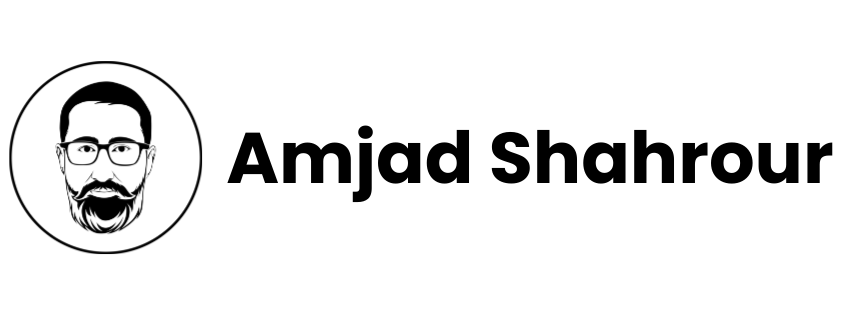The Road to Web3.0 Mass Adoption: Five Key Challenges

The advent of Web3.0 marks a pivotal shift towards a decentralized digital era, promising an internet where users have unprecedented control and security over their data. However, this transition is mired in complexities and challenges that threaten to stall the progress towards this new paradigm. In this article explore the critical obstacles facing Web3.0, offering an analysis of the status quo and some insights from industry experts, thereby shedding light on the innovative solutions charting the path forward.
A Complex User Experience
The leap into Web3.0 introduces users to a radically different internet experience, where the concepts of digital wallets, smart contracts, and decentralized applications (DApps) become the norm. This new era, while exciting, brings with it a significant challenge: a steep learning curve that can alienate the average user. Projects such as MetaMask and Uniswap have been instrumental in bridging this gap. MetaMask, for example, not only acts as a digital wallet but also as a gateway for users to easily access and interact with DApps, simplifying the once-daunting process of engaging with the decentralized web. Uniswap, on the other hand, has revolutionized the DeFi space with its user-friendly platform, making it easier for users to swap tokens without the need for traditional exchanges.
Further enhancing the user experience, platforms like Argent are redefining wallet usability by eliminating the need for seed phrases, instead offering simple email or social media recovery options, a familiar process for the Web2.0 audience. These initiatives underscore a broader industry effort to make Web3.0 as intuitive and accessible as possible, a critical step in ensuring its widespread adoption.
Slow and Expensive Transactions
Scalability remains a formidable obstacle for blockchain networks, with platforms like Ethereum grappling with high transaction fees and slow processing times during peak usage. The transition to Ethereum 2.0 signifies a monumental step towards addressing these issues through the introduction of proof-of-stake (PoS) and sharding, aiming to enhance network capacity and efficiency dramatically. Meanwhile, Layer 2 solutions, such as Polygon (MATIC), offer an effective stopgap, facilitating faster and cheaper transactions by processing them off the main Ethereum chain.
The scalability challenge is not unique to blockchain. Web2.0 also faced similar hurdles as it evolved, eventually overcoming them through technological advancements in server capacity and cloud computing. By paralleling this evolution, Web3.0's foray into scalability solutions like zk-Rollups and Optimistic Rollups—technologies that bundle multiple transactions into a single one for the main chain to process—represents a crucial adaptation in ensuring the infrastructure can support a growing user base without compromising on speed or cost.
Lack of Interoperability
One of the most significant challenges in the decentralized ecosystem is the lack of interoperability between different blockchain networks, often referred to as "blockchain islands." This fragmentation hinders the seamless exchange of information and assets across platforms. Projects like Cosmos and Polkadot have emerged as pioneers in this space, developing protocols that enable various blockchains to interact and share data. Cosmos, with its "Internet of Blockchains" approach, allows for the creation of interconnected networks, while Polkadot's unique parachain structure offers a scalable framework for cross-chain transfers.
The importance of interoperability extends beyond technical convenience; it is vital for achieving the broad vision of Web3.0. For instance, in cross-border transactions, where traditional banking systems impose high fees and processing times, interoperability can facilitate smoother, more affordable transfers. In emerging markets, such as Africa and Southeast Asia, where banking infrastructure is limited but mobile penetration is high, the ability for different blockchain technologies to work together seamlessly can significantly impact financial inclusion and access to global markets.
Privacy and Security Concerns
While blockchain's transparency is one of its most lauded features, it also raises significant privacy concerns. Furthermore, the decentralized nature of Web3.0 does not make it immune to security vulnerabilities. Innovations like zero-knowledge proofs offer a solution by enabling transactions to be verified without revealing any underlying data, thereby preserving privacy. Projects like Zcash have successfully implemented this technology, allowing users to transact anonymously while maintaining the integrity of the blockchain.
Enhancing security in Web3.0 also involves developing more robust practices around smart contract creation and execution. Regular audits, formal verification processes, and bug bounty programs have become standard practices to identify and mitigate vulnerabilities. Additionally, decentralized insurance protocols, such as Nexus Mutual, provide coverage against smart contract failures, adding an extra layer of security and confidence for users engaging with DeFi platforms.
Complex and Fragmented Regulations
The regulatory environment surrounding Web3.0 and cryptocurrencies remains fragmented and often contradictory, creating a complex landscape for projects and investors. Jurisdictions like the European Union are taking significant steps towards establishing comprehensive frameworks that balance innovation with consumer protection. The proposed Markets in Crypto-Assets (MiCA) regulation in the EU is a prime example of an effort to create a harmonized regulatory environment for digital assets.
Decentralized autonomous organizations (DAOs) offer an innovative governance model that aligns with the decentralized ethos of Web3.0, providing a potential blueprint for self-regulation. However, the legal recognition and treatment of DAOs vary widely across different jurisdictions, highlighting the need for a cohesive global approach to regulation. As countries grapple with integrating these new technologies into their legal frameworks, the dialogue between regulators, technologists, and users will be crucial in shaping a regulatory environment that supports the growth and sustainability of Web3.0.
Envisioning the Future: A Decentralized Digital World
The evolution of Web3.0 is a testament to the relentless pursuit of a more decentralized, secure, and accessible internet. Each challenge, from enhancing user experience to navigating complex regulatory waters, represents an opportunity for innovation and collaboration within the community. As we continue to address these obstacles, the vision of Web3.0—a digital ecosystem where users have control over their data, privacy is safeguarded, and global access to information and financial services is a reality—comes ever closer. The journey may be fraught with challenges, but the potential for transformative change makes the pursuit all the more worthwhile, promising to redefine our digital interactions for years to come.





